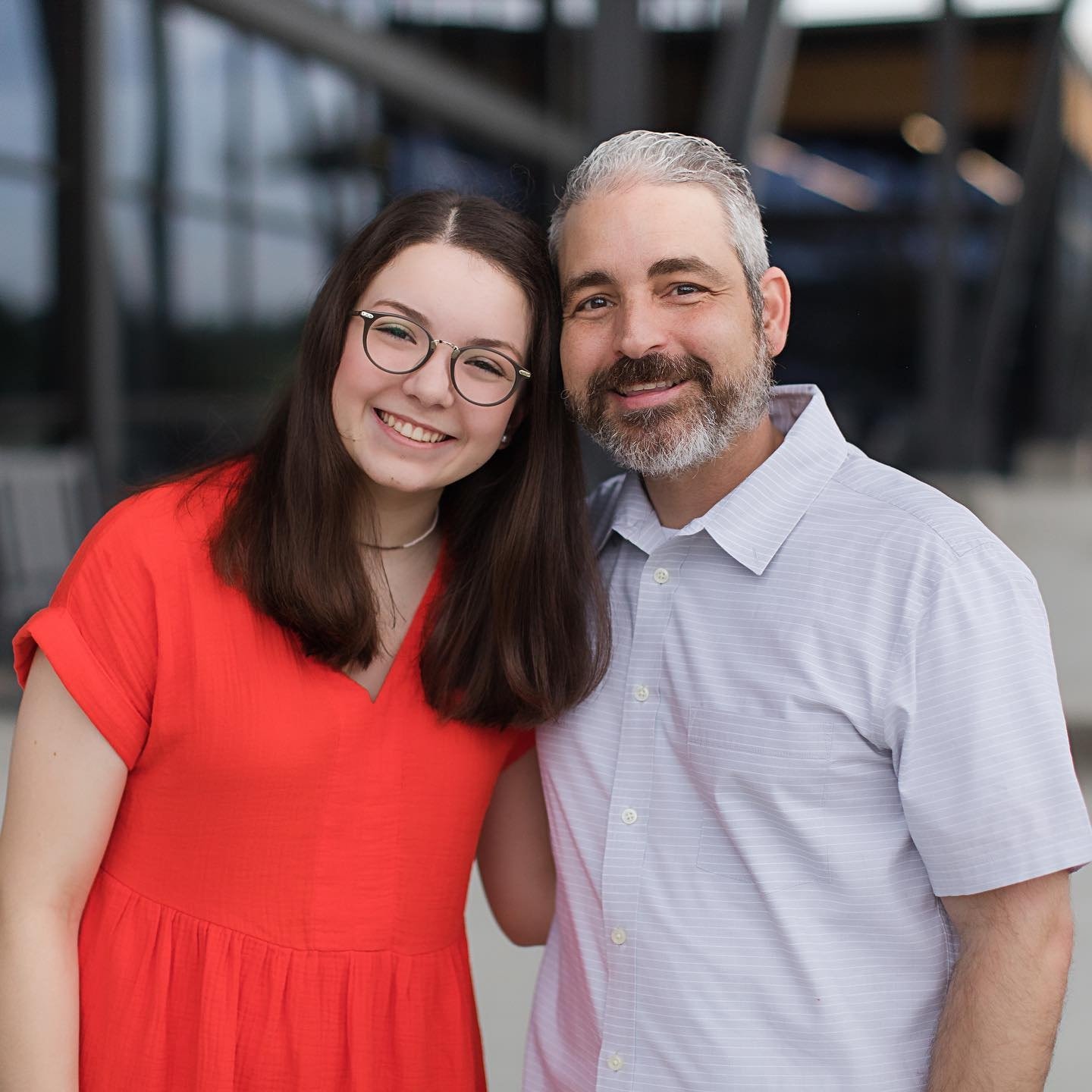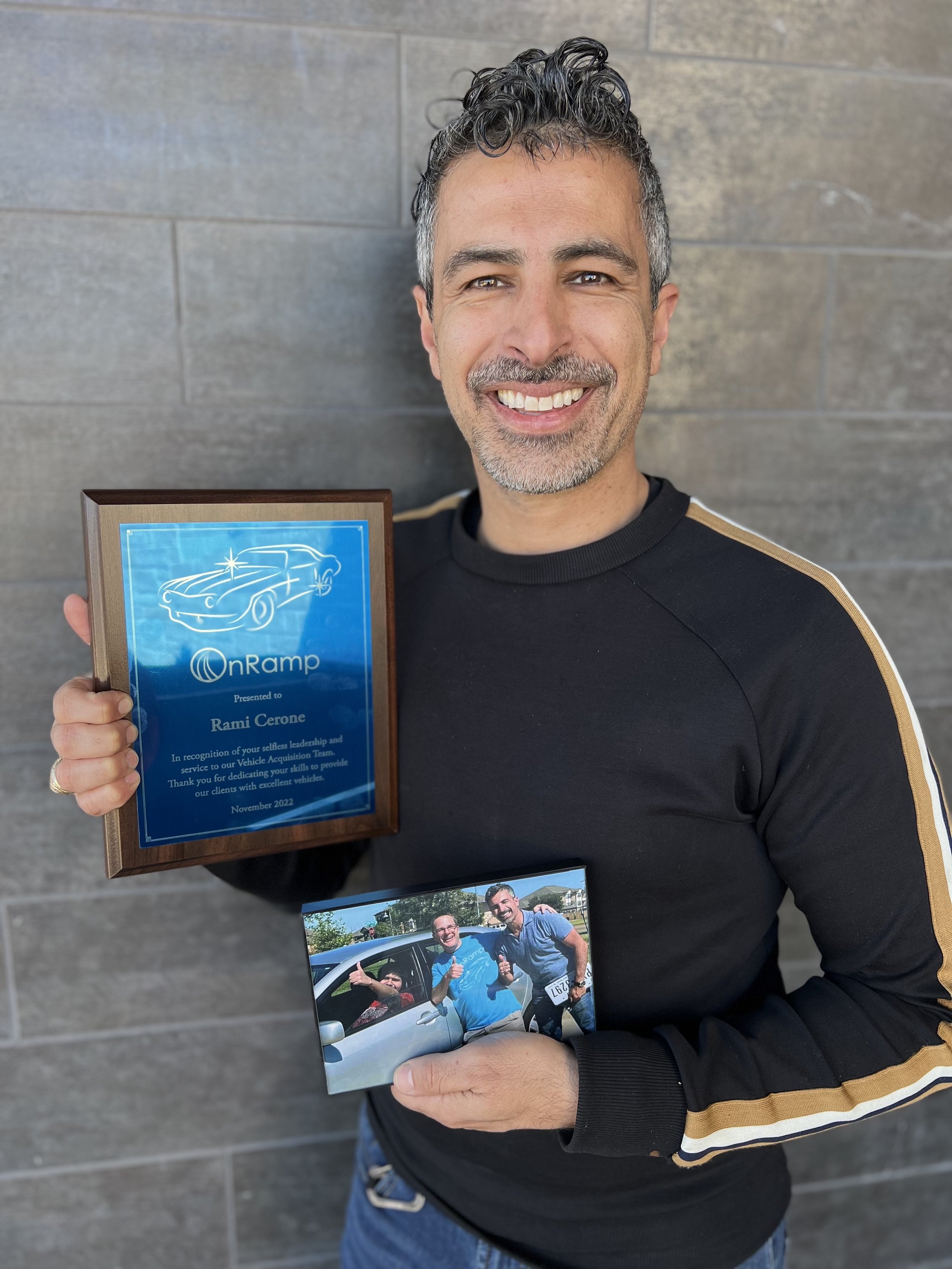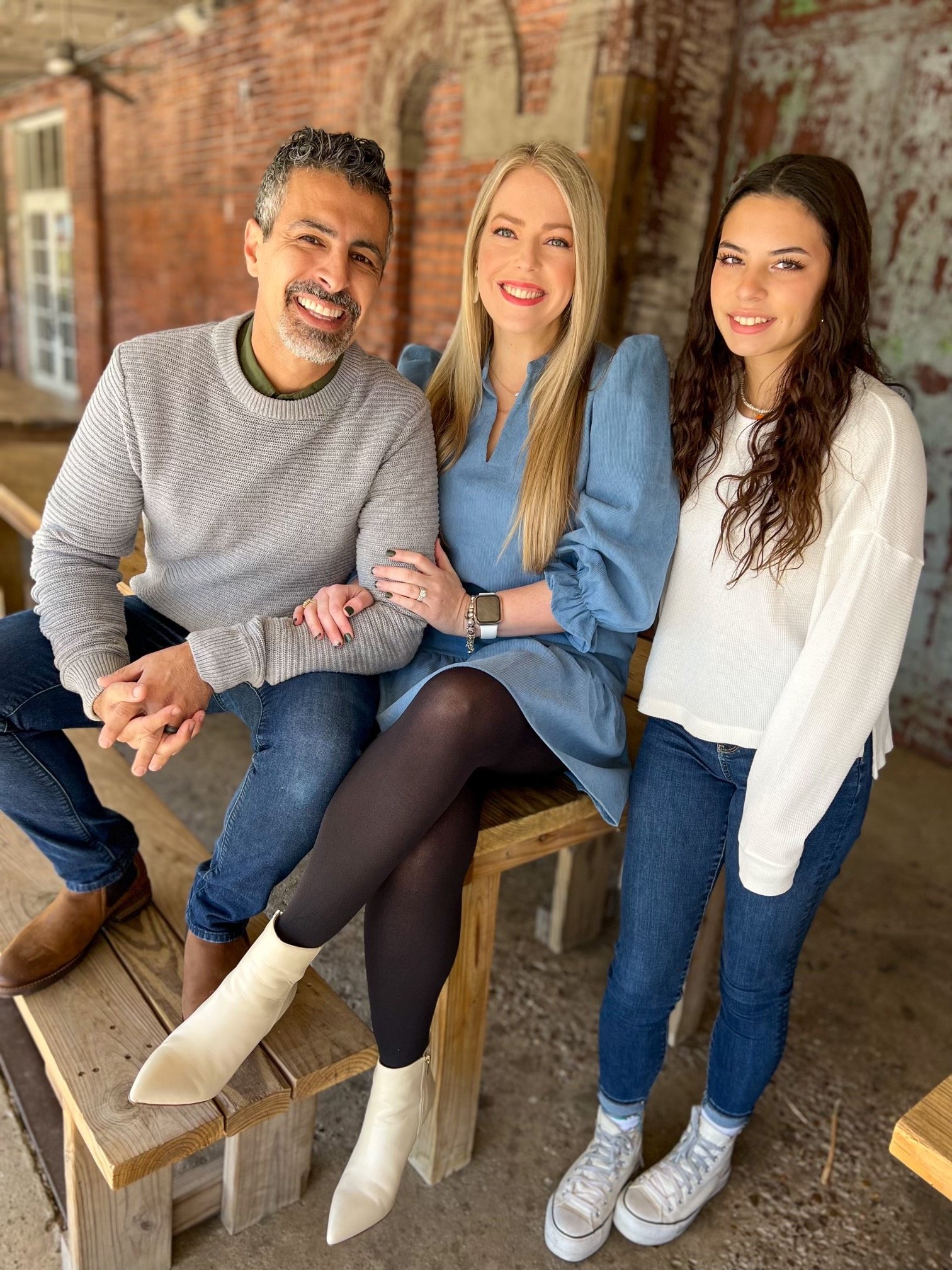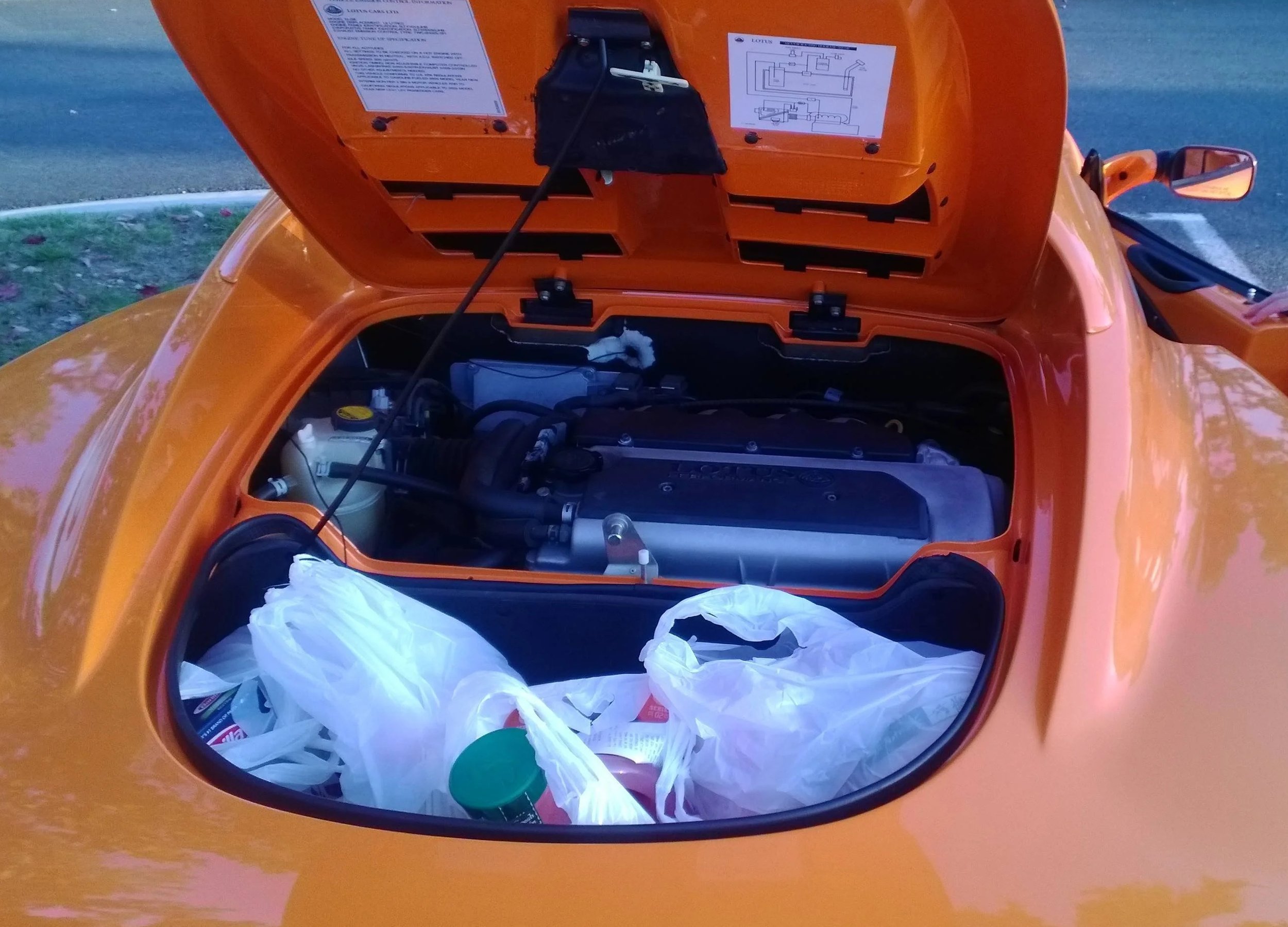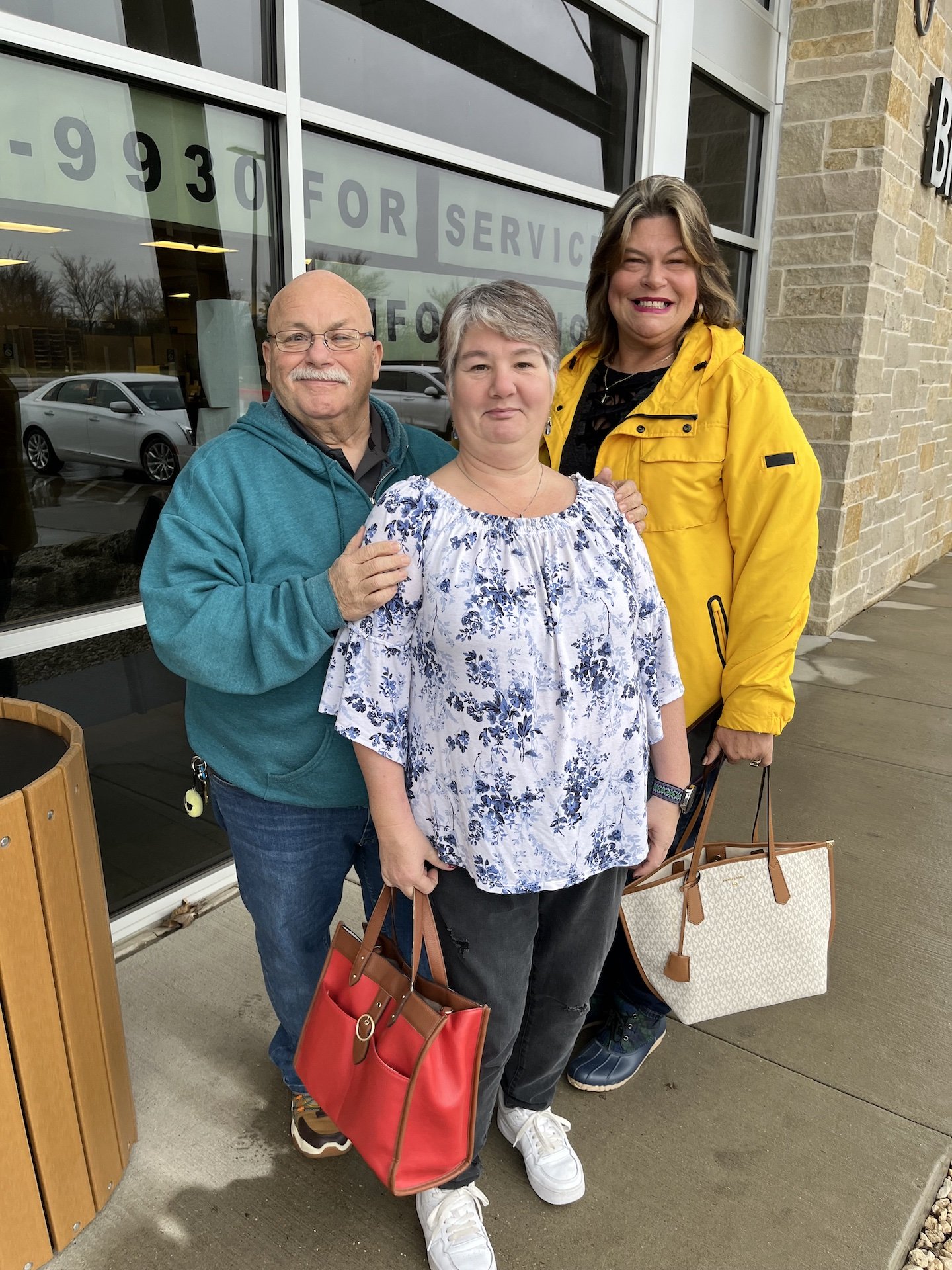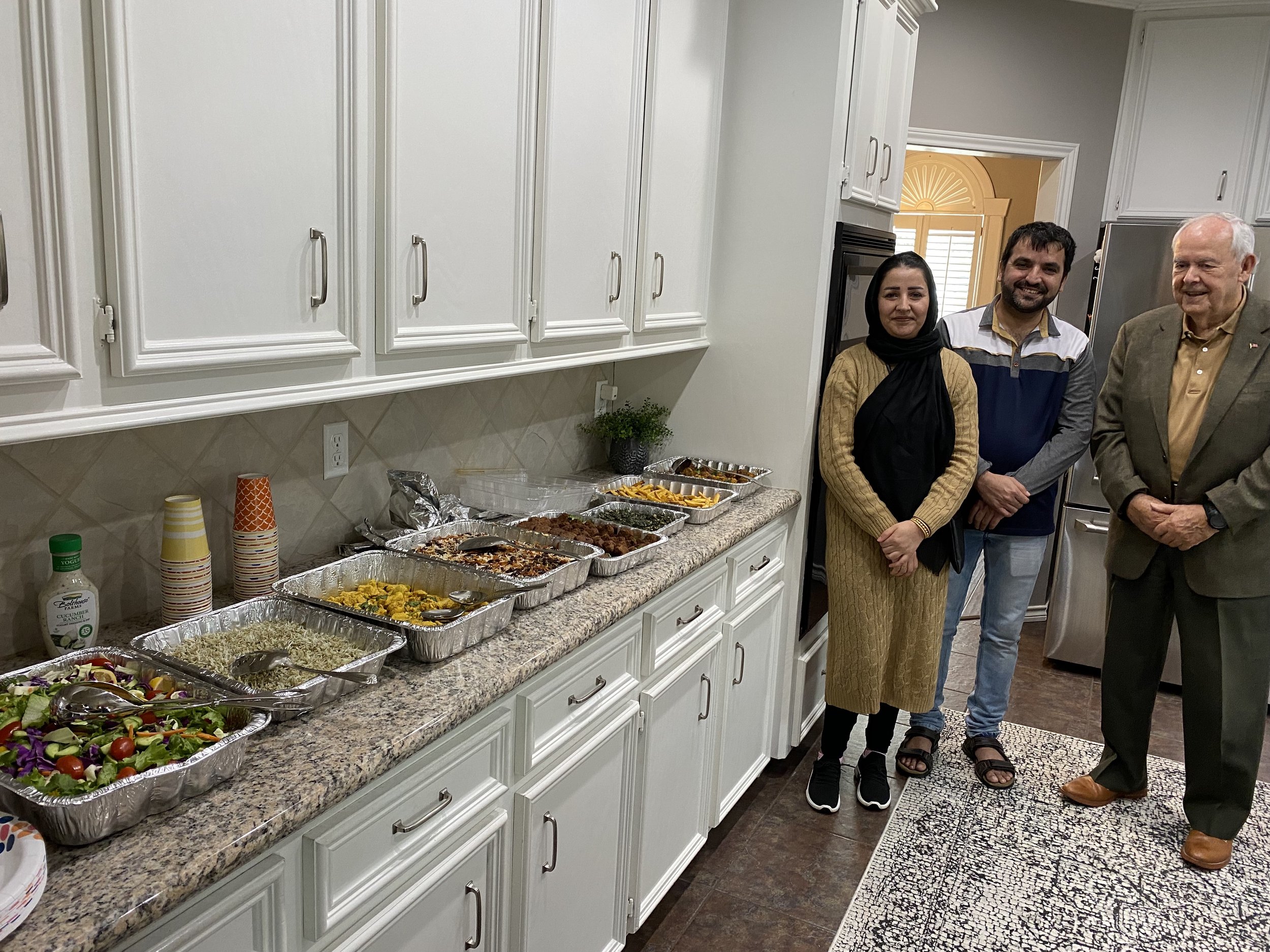Unlike when I was 15 and took drivers ed through my high school, Texas now allows parents to serve as their kids’ primary driving instructors. If you’re one of those parents teaching your kids to drive, may God bless you and keep you! I’m right there with you. We taught our now-18-year-old daughter to drive, and we’re currently going through it again with our 15-year-old.
While it is rewarding to help your kid take this step toward independence, let’s face facts: It’s deeply frightening to sit in the passenger seat of a moving vehicle with a completely inexperienced and overly emotional 15-year-old behind the wheel. It’s anybody’s guess who will cry first, you or the child.
Unfortunately, the data also shows that most of us parents aren’t doing as good a job as the professional instructors at helping our kids become safe and confident drivers. A study from Texas A&M showed that parent-taught drivers are nearly 3 times as likely to get in a fatal crash than those taught by the professionals (https://tti.tamu.edu/news/parent-taught-drivers-at-greater-risk-for-crashesinjuries/).
Most of those severe accidents happen within the first three months after new drivers get their licenses, while they’re still adjusting to the freedom and responsibility of driving on their own without a parent in the car (https://www.nih.gov/news-events/news-releases/teen-crash-risk-highest-during-first-three-months-after-getting-drivers-license)
What that suggests is that we parents aren’t preparing our kids for the challenging task of making split-second, life-and-death decisions in high-speed, high-traffic environments.
I suspect there are a couple of reasons for this:
First, we’re afraid to let them drive in truly dangerous situations while we are in the car. As a result, we tend to avoid letting them drive on the highway during rush hour, for example. Or we never let them practice making an unprotected left turn onto a 4-lane road in busy traffic conditions. As a result, the first time they experience those conditions is after they get their license, when there’s no parent in the car to coach them.
Second, we tend to focus more on the aspects of driving that we found most challenging when it came to passing our driving tests. For example, we spend a lot of time teaching kids parallel parking. But the reality is that people don’t die parallel parking. They might scuff a bumper. On the other hand, if they miss the timing while trying to turn left onto a 4-lane road, the consequences could be catastrophic. And we often spend little to no time coaching them through those harrowing and dangerous moments on the road.
So for those of us teaching our own kids to drive, how can we expose them to more difficult driving environments before they get their licenses, without putting them in situations they aren’t prepared for? Let me offer some suggestions:
1. Give them LOTS of driving time. There is no substitute for practice. I know it can take longer to get where you’re going if the teenager is driving. And it’s more stressful. But the more they drive, the more competent and confident they will be. The State of Texas requires at least 30 hours of practice, in addition to 14 hours of behind-the-wheel instruction. In my opinion, aim for at least 50 hours of practice, roughly an hour each week.
2. Start with safe and easy situations and slowly work toward more challenging ones. With both of our daughters, we started out in an empty parking lot. This is exactly what the professional instructors do. We made sure that they knew how to do basic tasks like start the car, adjust the seat and mirrors, use the blinkers, and turn left and right. We practiced pulling into parking spaces and backing out. We spent about 3-4 hours in parking lots and then we graduated to quiet residential streets. On a recent Saturday, for example, I took our 15-year-old daughter driving in a nearby neighborhood where the traffic is thin and pedestrians are few. We simply drove around and around through the neighborhood for an hour. I made sure she understood how to approach and to handle stop signs, when to signal for a turn, how to maneuver around parked cars, and so on. Once she was confident in that environment, we moved to busier streets. Only recently has she begun to learn how to merge on and off of the highway, after about 10-12 hours of driving time under her belt.
3. Think of the most difficult driving situations you encounter around town, and make sure to let your kid try those a few times before they strike off on their own. Yes, you don’t want to move too fast (see above). Wait until they’re truly ready. But don’t avoid tough situations out of fear. Is there a spot where a lot of major accidents happen? Give your kid a few chances to navigate it while you’re in the car to coach them through it. It is scary, and you need nerves of steel. But again, you want them to try it while you’re with them to provide instruction.
4. As they become more confident and skilled, resist the urge to coach them constantly. They need to learn how to make decisions without us in the car. Sometimes that means we have to keep our mouths shut if they’re approaching a stop sign slightly too fast, or if they are clearly going to end up crooked in a parking space. As long as their mistakes aren’t going to result in a crash, give them some freedom to make small errors. With both of our daughters, I reached a point in their training where I had to resist the urge to tell them exactly when to hit the gas after stopping at an intersection. They had to learn how to gauge the distance and speed of oncoming traffic without my assistance.
5. Forbid them to have their phone nearby while they’re driving. I take the phone away every time our daughter gets behind the wheel to practice. I want her to learn that she shouldn’t ever be looking at a screen while driving. Roughly a quarter of all accidents on the road are a result of distracted driving. When our oldest daughter turned 16, we made it clear that she was expected to put her phone in the glove compartment while she was driving. (By the way, that’s not bad advice for anybody; I’m astounded by the number of drivers I see staring at their phones while going 75 miles per hour on a busy highway).
6. Last but not least, keep your cool if (when) they make a mistake. If you scream or freak out, they will lose confidence and be even more nervous and jittery the next time they get behind the wheel. Help them learn from their mistakes and near-misses, and then get them right back on the road. Even after they get their license, they will make mistakes that cost you time and money. It’s a virtual guarantee that your teenager will eventually get into a fender bender. That’s exactly why their insurance premiums are so high. One of our kids backed my car into one of our other cars. When I was a teenager, I ran my dad’s car under the back of a semi-truck. It happens. If a dinged bumper or a broken headlight is the worst that happens, count yourself blessed.
The goal of all driver training is to help teens become safe, proficient, and confident drivers. Hopefully the tips above will help you with that if you are a parent instructor. It is a great joy to know that your child has the freedom and ability to get where they need to go, and the confidence and proficiency to do so safely.






